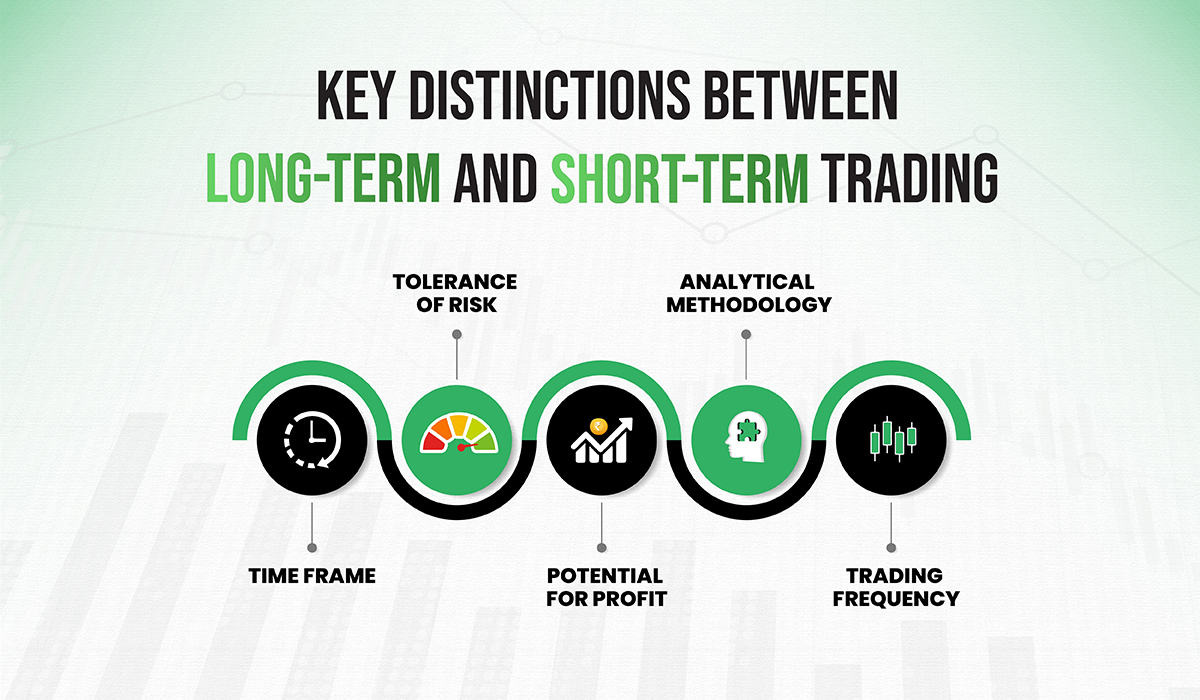
Successful trading isn’t about always being right; it’s about adapting when you’re wrong. Markets move unpredictably, and every trader experiences moments where a position moves against them. The key is knowing when to cut losses and when to pivot, turning a short-term trade into a longer-term investment.
Options give traders a powerful tool to adjust and extend positions, allowing for more flexibility when a trade doesn’t initially go as planned. Let’s explore how to do this effectively.
The Psychology of Market Movement
Markets are often manipulated, and price swings are rarely random. Traders frequently fall victim to short-term volatility, leading to emotional decision-making. Many believe that setting a stop-loss, closing a losing trade, and moving on is the best approach. While this strategy has its place, it assumes that next time will be better. But what if instead of accepting a loss, we strategically adjust the trade?
Example Scenario:
Imagine a stock you’ve been trading drops unexpectedly after you’ve sold cash-secured puts or taken a bullish options position. Instead of taking a realized loss, consider turning it into a long-term investment.
Converting Short-Term Trades into Long-Term Positions
1. Rolling Down a Short Put
If you sold a cash-secured put and the stock drops below your strike price, you have choices:
-
Close the position for a loss.
-
Roll down to a lower strike price in a later expiration month.
-
Accept assignment and turn it into a long-term position.
By accepting assignment, you effectively buy the stock at the strike price minus the premium received. From there, you can sell covered calls to generate income while holding the stock.
2. Converting a Losing Call into a Spread
If you hold a long call that has lost value due to time decay or adverse price movement, consider adjusting by:
-
Rolling out to a later expiration to give the stock more time to recover.
-
Selling a call at a higher strike price to create a bull call spread, reducing overall cost.
This approach lowers your break-even point and keeps the trade viable without requiring the stock to recover fully.
3. Adjusting a Poorly Timed Entry
If you bought a stock outright and it dropped significantly, instead of panic selling, consider:
-
Selling covered calls at strike prices above your entry point to generate premium income.
-
Selling cash-secured puts at lower levels to lower your cost basis.
-
Using LEAPS options as a replacement for stock ownership, limiting capital exposure while keeping upside potential.
Why This Approach Works
Turning a losing trade into a long-term investment allows you to recover from poor timing. Winning in stocks isn’t all-or-nothing. Small incremental gains from adjustments can transform a bad trade into a profitable one.
Example:
A stock is trading at $100, and you sell the $95 put for $3. The stock drops to $92, and instead of closing at a loss, you:
-
Accept assignment, effectively buying the stock for $92 ($95 strike – $3 premium).
-
Sell the $100 covered call for $2, reducing your cost basis to $90.
-
If the stock recovers above $100, you sell at a profit, despite the initial drop.
Conclusion: Patience Pays
Adapting short-term losses into long-term strategies is a key tool for successful traders. Instead of panic-selling or hoping for an improbable rebound, adjust the trade intelligently.
Next time you face an unexpected downturn, consider these options before taking a loss. Small, strategic adjustments can make a massive difference in your overall portfolio performance.
Trade smart, stay patient, and maximize every opportunity!
All the best,
— Phil






